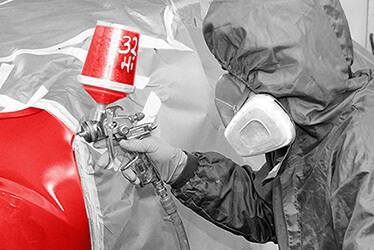My CARSTAR: Location not set
Locate Me
Our Services





At CARSTAR, we offer comprehensive auto body repair services, from minor dents and dings to repairing your accident damage. Whether you've had an accident, tangled with Mother Nature or want to freshen up your car's look, you can relax, we'll take it from here!
All ServicesOur Popular Auto Body Shop Services
At CARSTAR, we offer comprehensive auto body repair services, from minor dents and dings to repairing your accident damage. Whether you’ve had an accident, tangled with Mother Nature or want to freshen up your car's look, you can relax, we'll take it from here!
CARSTAR Business Center

Discover the Benefits of Owning a CARSTAR
The CARSTAR model is unique. You get the resources, support, buying power and expertise of North America’s largest MSO network but retain the ownership and independence of your stores.
Learn More About Owning A CARSTAR
We Service Fleets
When it comes to your fleet, down time is lost time. Our highly-trained technicians will get your vehicles road-ready and back in service as quickly as possible.
Learn More About Fleet
Insurance / DRP Services
We work closely with your insurance company throughout the repair process, providing you peace of mind and saving you time. We maintain partnerships with more than 80 insurance providers across the country.
Learn More About Insurance



